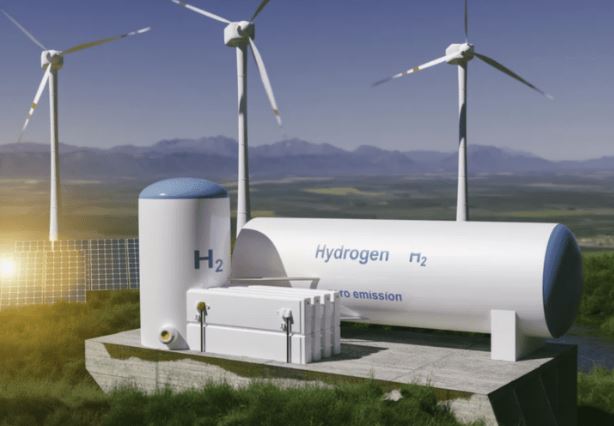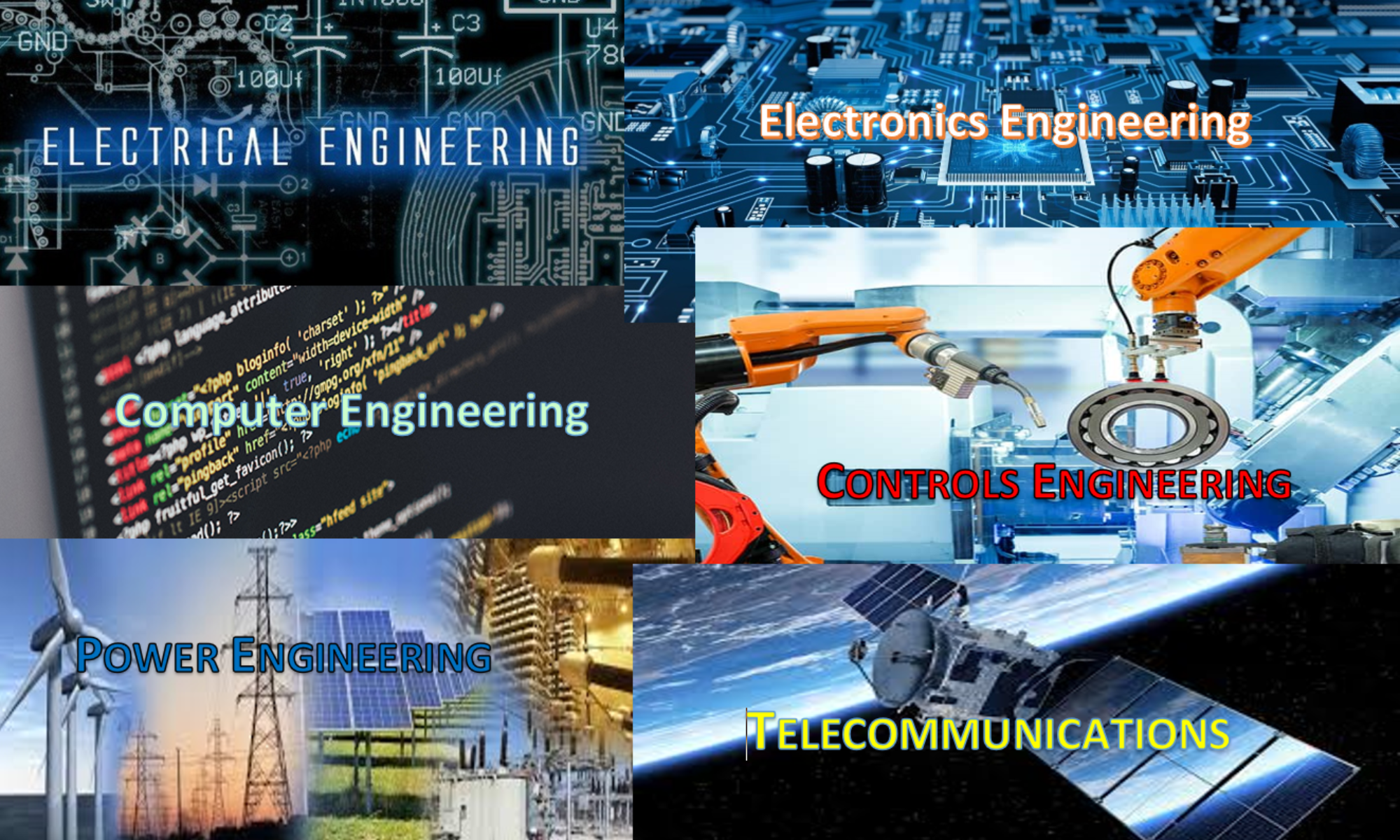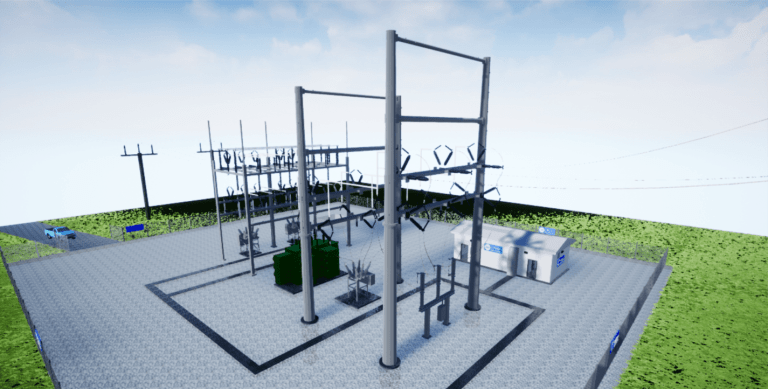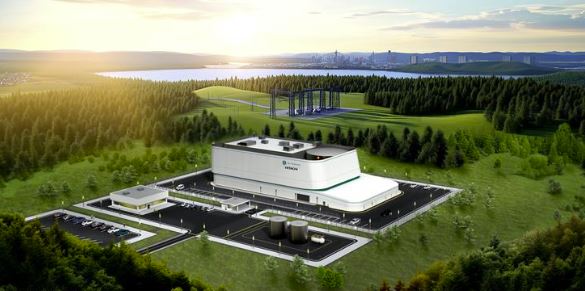PowerMag.com by Darrell Proctor:

One of the leading engineering firms and “infrastructure developer, Black & Veatch, announced the company has completed execution of a front-end engineering design (FEED) study for the Whitelee Green Hydrogen Project near Glasgow, Scotland. Whitelee is a proposed development by owner ScottishPower Energy Retail Limited. The contract was awarded to Black & Veatch in October 2024.
The project will produce green hydrogen, which is produced using electricity from renewable sources, such as wind, and converting it using an electrolyser, which uses electricity to split water into hydrogen and oxygen through electrolysis.”





